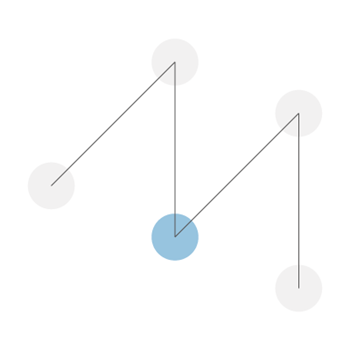About us
Forward thinking
Problem solvers
Thinking of you
Our story
In 2006, mechanical engineer Douglas Higgins invented the revolutionary fully-moving multi-axial cam that underpins all MUJO devices to solve the issue of providing targeted training to the complex muscles of the spine. In 2011, MUJO was born to apply the system to other commonly injured and high cost areas of the body. 2014 brought the addition of government support from Innovate UK to connect the stations with electronic patient records in the NHS and set a new benchmark for the rehabilitation and elite sports performance industry.
Our ethos

MUJO is dedicated to improving the delivery of musculoskeletal care, which is the third largest cost base for the UK’s National Health Service after cardiac and mental health care (£10bn out of a total of £110bn annually).
MUJO devices are suitable for rehabilitation of patients with a wide range of orthopaedic, occupational health and neurological conditions, including sports injuries, spinal cord injuries, hip, knee, or shoulder replacements, or stroke, cerebral palsy and Parkinson’s Disease.
MUJO equipment allows staged rehabilitation towards exercise goals, promoting functional recovery or specific sporting movements within a safe and controlled environment.

MUJO makes use of the latest scientific understanding of body control, building on accurate biomechanical simulation work by Scott Delp at Stanford University and others to better understand muscle movement (predominantly through moment arm analysis that confirms the complex action of many important muscles).
MUJO devices focus on biarticular muscles that act across multiple joints (hamstring, quadriceps, biceps, triceps, spinal muscles) and muscles that control co-axial joints including the hip, shoulder, neck, back, wrist and ankle.
The MUJO approach is substantiated by early test results, using the Stanford OpenSim biomechanical modelling software which shows an increase in the training range (length-tension curves) of biarticular muscles. Our approach is constantly being tested through ongoing clinical trials and academic studies.

The MUJO System is underpinned by unique moving axis cams which combine the unconstrained nature of free weights with control of the weight stack environment.
MUJO devices allow multiple movement paths to be performed within defined boundaries, to target specific body parts over the full range of motion in a single exercise. This improved control helps make physiotherapy more scalable, both in the elite sport environment and wider healthcare system.
The MUJO System is registered as a Class 1 medical device to assist the diagnosis and treatment of musculoskeletal-related issues. Current software developments are enabling connectivity to electronic medical records and patient self-management or clinical management software, for remote delivery of exercise protocols and remote monitoring of patients.

MUJO equipment uses built in sensors to collect unique data to improve the quality of musculoskeletal care and provide insights into the delivery of optimal training protocols and choosing the most cost effective care pathways.
MUJO can share individual information with care providers, or aggregated and anonymised data with commissioners, researchers and industry.
MUJO data is communicated and stored securely in ISO27001 compliant patient records using HL7 messaging and N3 hosting.

MUJO team members come from a broad range of backgrounds, but are unified by their passion for improving the delivery of musculoskeletal care.
MUJO works with leading scientists in many hospitals and research units, including the Imperial College Mechanical Engineering department, the Royal National Orthopaedic Hospital, and the University of Manchester Health Informatics department.
MUJO is backed by respected industry figures, including consultant orthopaedic surgeons and the co-founder of LA Fitness.

